Microsoft Windows Movie Maker vs Adobe Premiere Elements
How does a budget video editing solution hold up to its built-in, free counterpart?

Short films are one of the most widely shared forms of content on the internet. They can help authors convey important issues, provide step-by-step instructions, or tell interesting stories without demanding too much of the viewer’s time. But for a video to go viral, it has to be professionally made and share-worthy. This is where a video editor comes in.
Thankfully, you don’t need to invest more than a hundred dollars in a professional video editing suite. You can create attractive videos for free with Microsoft Windows Movie Maker (aka Windows Video Editor) or at very reasonable prices with Adobe Premiere Elements. Here, we compare two of the most popular amateur video editing tools in the market to help you decide which one is the best video editing software for you.
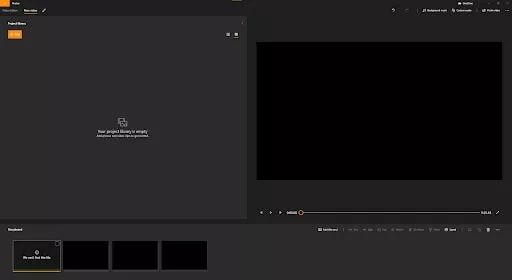
Features
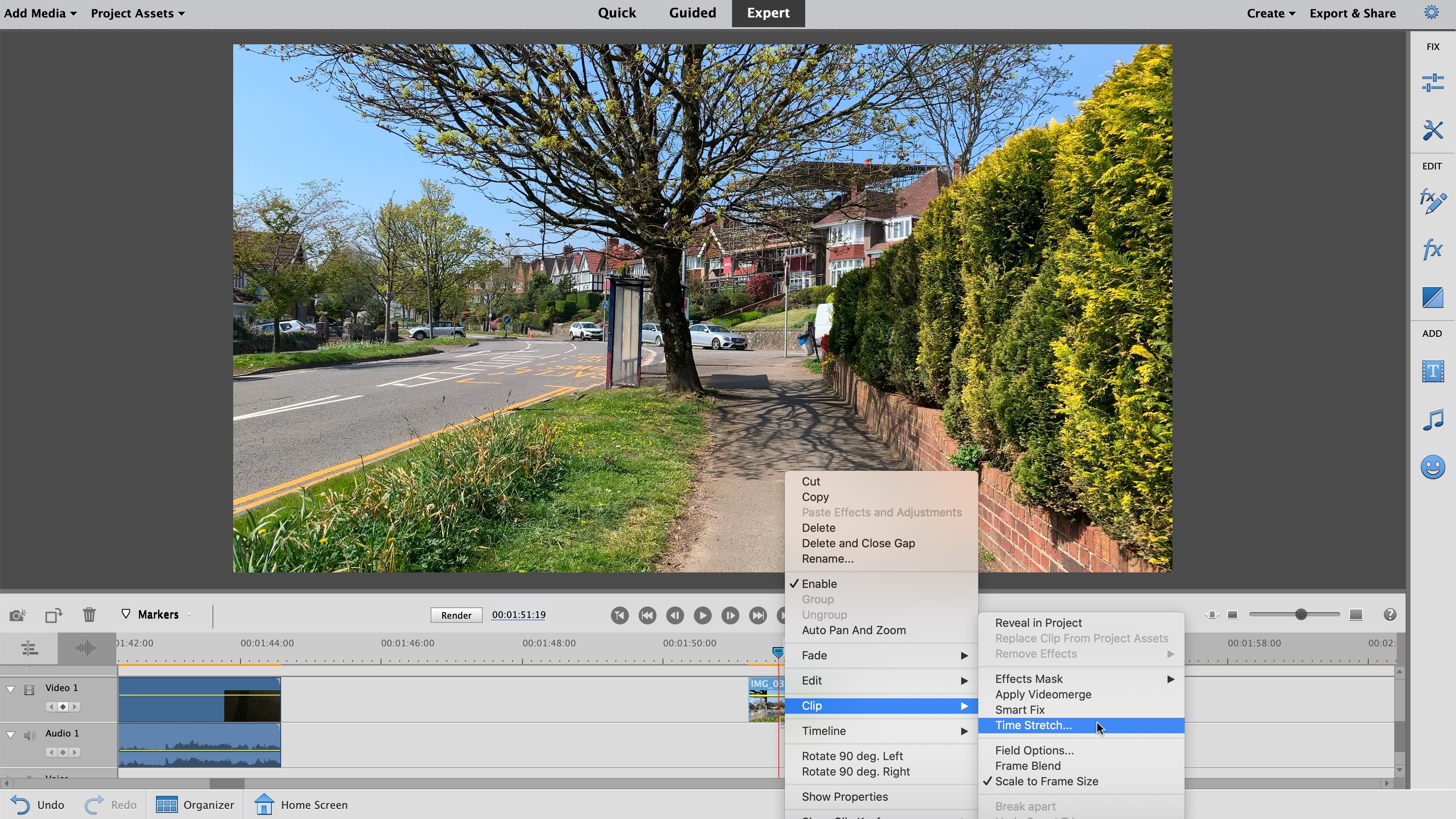
Adobe Premiere Elements features a simple, if dated, user interface. The interface is primarily divided into a toolbar, a preview, and a timeline.
The toolbar contains all the options to apply necessary changes and special effects to your video, while the preview helps you watch your creation unfold in real-time. Finally, the timeline represents the actual workspace, with the entire length of the video shown in the form of several thumbnails.
The latest version of Windows Video Editor (previously known as Microsoft Windows Movie Maker) features a sleek and intuitive design, but the user interface itself is mostly just a cut-down version of other professional video editing software.
Older versions of Microsoft Windows Movie Maker have been officially decommissioned. Windows Photo and Video Editor, available for Windows 10, is right now the only video editing software receiving active support from Microsoft.
Adobe Premiere Elements features a nifty stabilization feature that lets you reduce camera shake to make your video look more professional, powered by the company’s resident artificial intelligence technology—Adobe Sensei.
Apart from this, Adobe Premiere Elements also contains the usual options to change brightness, contrast, and saturation throughout the video. There are also options to trim, rotate, and crop your video clip as needed.
Windows Video Editor’s options are relatively limited in this aspect, with no options to adjust brightness, saturation, and contrast or crop the frame of your video. There are, however, a few options to adjust speed and trim or split the length of the video.
Adobe Premiere Elements features an array of fancy transitions and filters that you can apply to your video. It also includes options to add custom animations, known as transitions, between different frames in a video.
Windows Video Editor has a very limited number of preset visual effects to choose from, such as Denim and Arcade. But it does contain the usual options to add text, animations, or background music to your video.
Apart from adding custom animations and visual effects to your video, you can also choose to insert external audio or explanatory text to your video. This is especially useful when you wish to have background music or add titles and captions. Both video editors offer similar options in this respect.
Performance
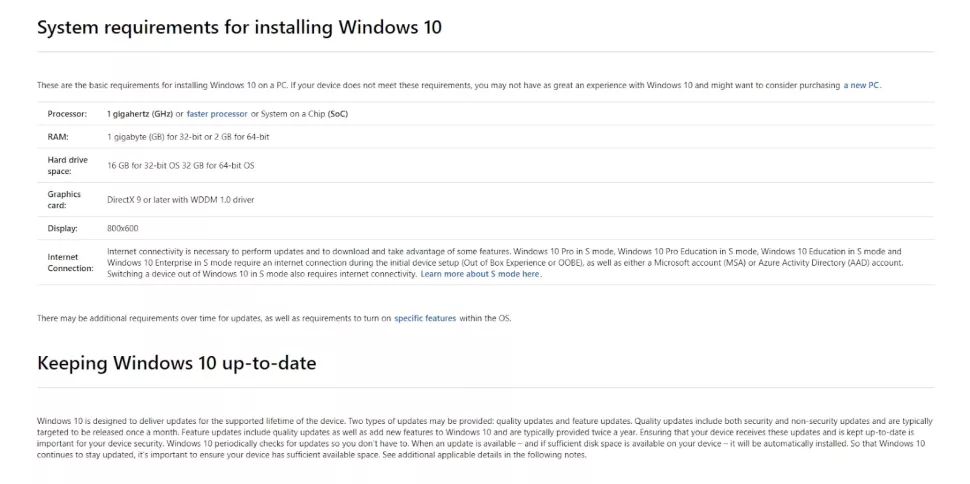
You need a decently powerful computer to support proper video editing. Adobe Premiere Elements recommends using an Intel i7 or AMD Processor with a clock speed of at least 2 GHz, along with 4–8GB RAM. An external graphics card is also recommended, especially for 4K.
Microsoft Windows Video Editor, on the other hand, does not have any specific system requirements beyond those demanded by Windows 10.
Support
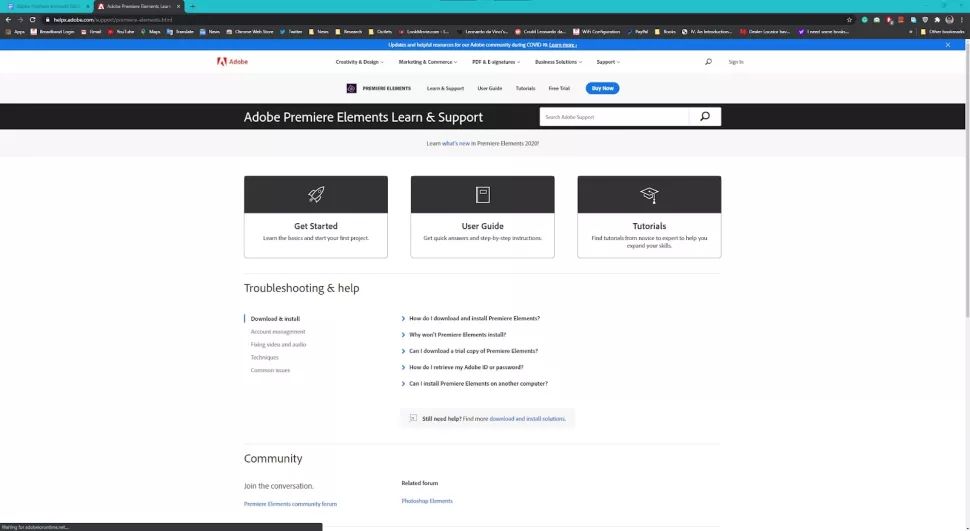
Adobe Premiere Elements comes with premium quality support, including a knowledge base and an online forum, as well as phone and chat support.
Microsoft Video Editor is part of Windows 10, and as such, comes with the same support offerings. Microsoft has its own knowledge base and support forum, both of which receive contributions from actual company executives. There is also an online chat function for whoever needs it.
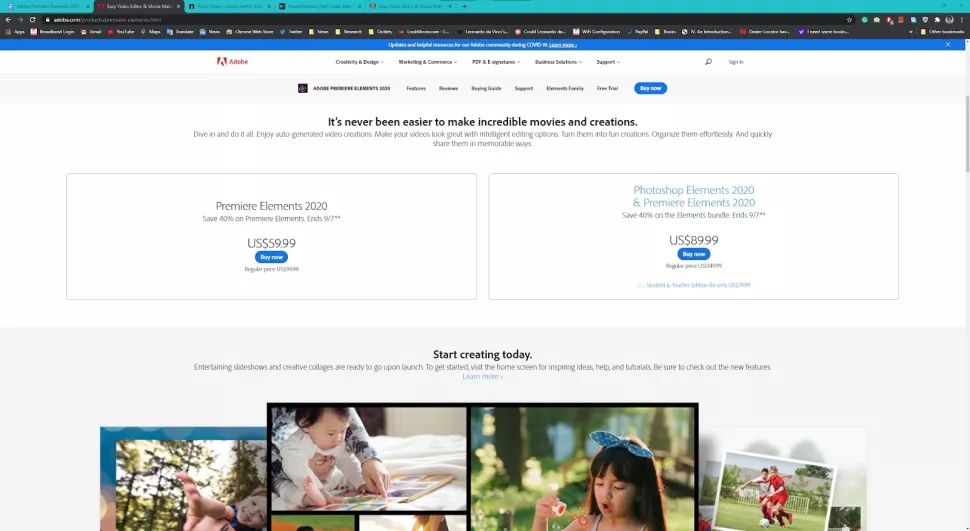
Microsoft Windows Video Editor is available for free. It comes built in with your installation of Windows 10. For users of older versions of the Windows OS, though, Video Editor is currently unavailable.
Adobe Premiere Elements is available for the one-time price of USD $99.99. However, Adobe also runs promotional offers which provide significant discounts to the retail price from time to time. You can also choose to invest in a combo of Photoshop Elements 2020 and Premiere Elements 2020, which comes for a total price of USD $149.99.
Verdict
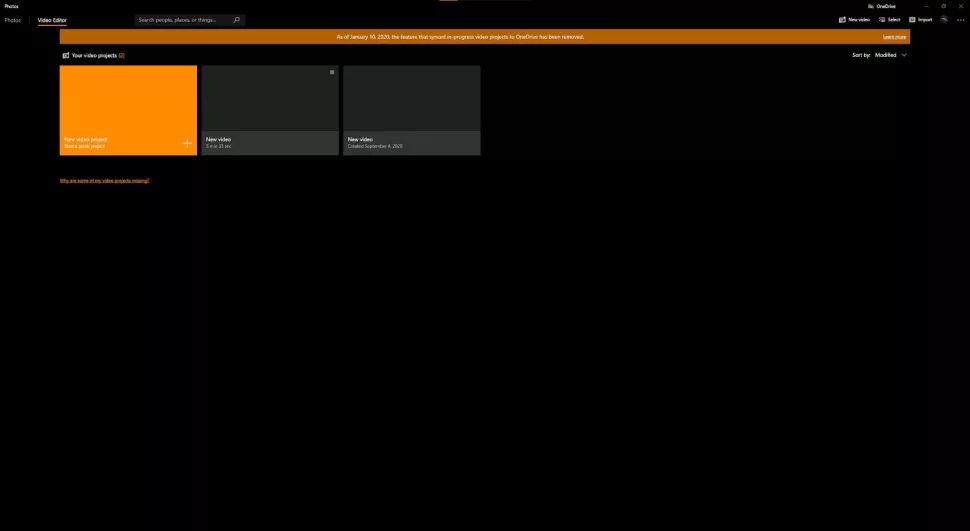
Overall, Adobe Premiere Elements 2020 is a much more well-rounded and feature-rich option compared to Microsoft Windows Video Editor. This is also reflected in the price tag of Adobe’s software, as opposed to Microsoft’s, which is available for free.
Adobe Premiere Elements 2020 comes with a much larger choice of visual effects, filters, animations, and tweaks that let you customize your video clip to your liking. It also features the handy “stabilize” option that lets you quickly reduce camera shake and smoothen your video.
However, for people looking for a truly free video editing solution for amateur needs, Microsoft Windows Video Editor might just work.
- Check out our list for the best antivirus software
Are you a pro? Subscribe to our newsletter
Sign up to the TechRadar Pro newsletter to get all the top news, opinion, features and guidance your business needs to succeed!

Ritoban Mukherjee is a tech and innovations journalist from West Bengal, India. These days, most of his work revolves around B2B software, such as AI website builders, VoIP platforms, and CRMs, among other things. He has also been published on Tom's Guide, Creative Bloq, IT Pro, Gizmodo, Quartz, and Mental Floss.